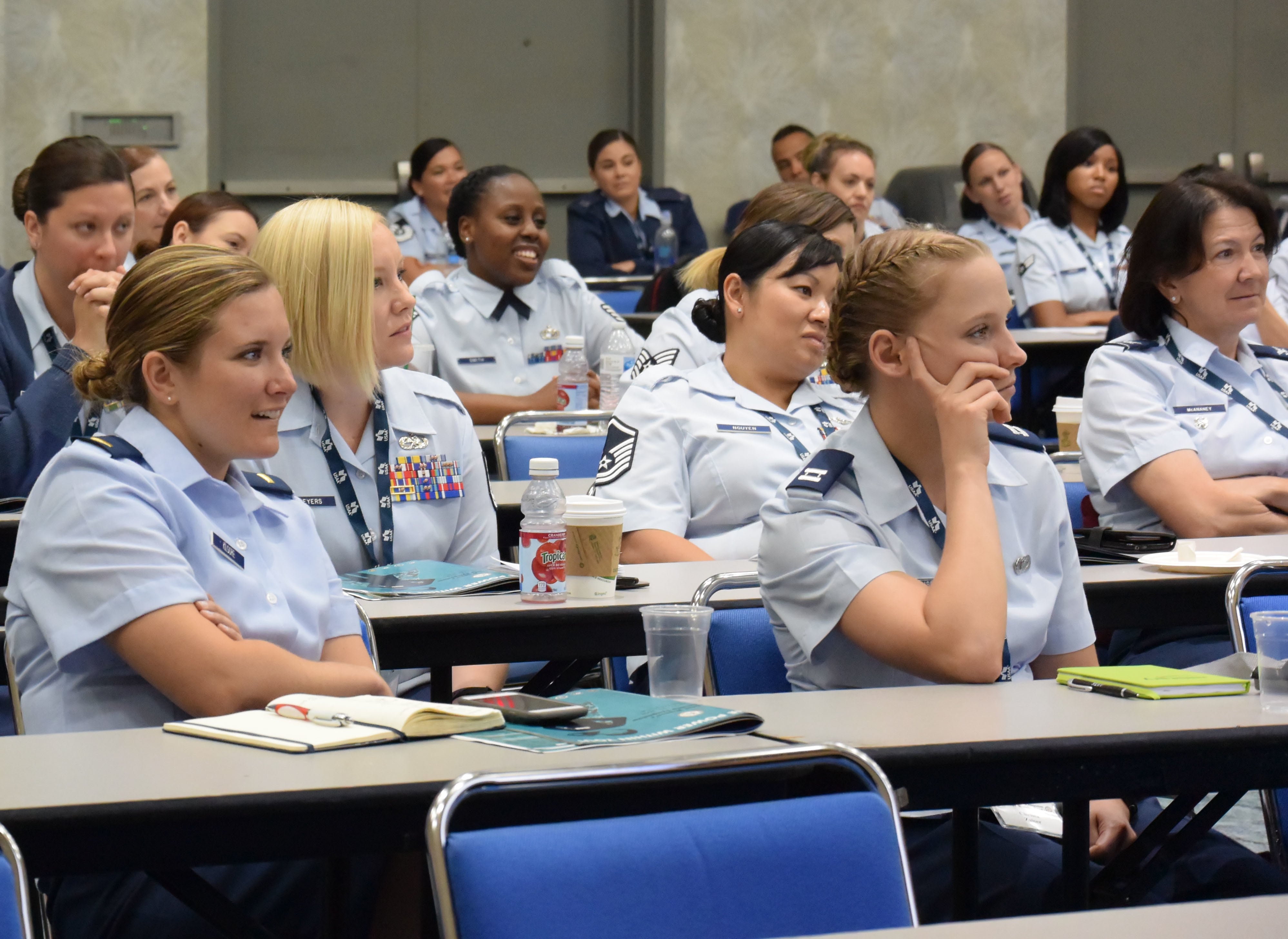The Navy is seeking $60,000 in research-and-development funds for reusable underwear for its female sailors when they on their periods, according to the sea service’s fiscal 2025 budget request justification records.
It’s part of an effort to make the Navy more welcoming for women, and to help female sailors deal with the so-called “Pink Tax,” according to the records.
The Pink Tax refers to costs imposed on women for products they use, such as past concerns about how some women’s uniform components cost more than comparable items for men.
The Navy’s Clothing and Textile Research Facility, based in Virginia Beach, would take on this project, according to the documents, which were published in March.
“To address the Pink Tax associated with textile products required by Sailors who menstruate, [the textile research facility] proposes to evaluate reliable, reusable, and easily replaceable menstruation products to be issued or available to Sailors,” the document states. “Further, minimization and reduction of menstrual product waste has environmental and logistic benefits for installations and ship platforms.”
The proposal notes that multiple commercial “layered undergarments” are on the market that could serve as a starting point for the facility’s research.
While not mentioned by name, one of the best-known products is Thinx, a super-absorbent “period underwear” designed to be used in place of conventional feminine hygiene products that was named one of the best inventions of the year by Time magazine in 2015.
RELATED

More work needs to be done to meet the specific needs of sailors in deployed and training environments, the Navy’s proposal states, though it does not elaborate on those needs.
“Emphasis will be put on material testing and research to establish the appropriate material properties,” it continues. “Equal emphasis will be on design and pattern development to create a comfortable and properly fit undergarment.”
The documents do not detail when such a product may be tested or fielded.
While basic menstrual products are typically available to women during training and deployments via a unit medical component, they may not have quick access to such options in an emergency.
In general, military women are expected to procure their own supplies.
“Recruits are encouraged to arrive at boot camp with a week’s worth of menstrual management supplies,” a Navy guide to period management states.
The requested underwear funding is about one-tenth of the $630,000 requested by the clothing and textile research facility for clothing-specific research and development in fiscal 2025.
That $630,000 request is about $200,000 more than the fiscal 2024 budget; the larger request, according to documents, reflects an “increased focus/priority on Sailor protection, comfort, and quality of life.”
The proposed reusable menstrual underwear effort appears to be a first of its kind among the military services, but it comes as the U.S. military seeks to better address the needs of female troops.
U.S. Army Development Command, for example, made waves when it unveiled a new assortment of “tactical bras” designed for wear during PT and physically demanding tasks in 2022.
“The last thing the soldiers need is to lose focus due to the discomfort of a next-to-skin garment that is meant to support them and not distract them,” clothing designer Ashley Cushon said in a release at the time of the bras’ rollout.
Some projects for military women, now underway, have been criticized as long overdue. The Navy and Air Force, for example, are still testing out in-flight bladder relief devices designed to allow female pilots and aircrew to urinate in comfort on long missions – a particular challenge given their unaccommodating one-piece flight suits.
The Navy and Air Force have also made changes in the last three years for pregnant air crew members, with the Navy revealing a maternity flight suit prototype in 2021 and the Air Force rolling out a two-piece option to accommodate pregnant airmen in 2022.
The U.S. military reckoned publicly with the so-called “Pink Tax” on uniform items in 2021 after a Government Accountability Office report found enlisted women could pay more than $8,000 out of pocket over the course of a career for uniform items not covered by their clothing allowance, while some male troops were able to pocket allowance overages. Legislation eliminating these cost inequities was passed as part of the fiscal 2022 National Defense Authorization Act.
Hope Hodge Seck is an award-winning investigative and enterprise reporter covering the U.S. military and national defense. The former managing editor of Military.com, her work has also appeared in the Washington Post, Politico Magazine, USA Today and Popular Mechanics.





